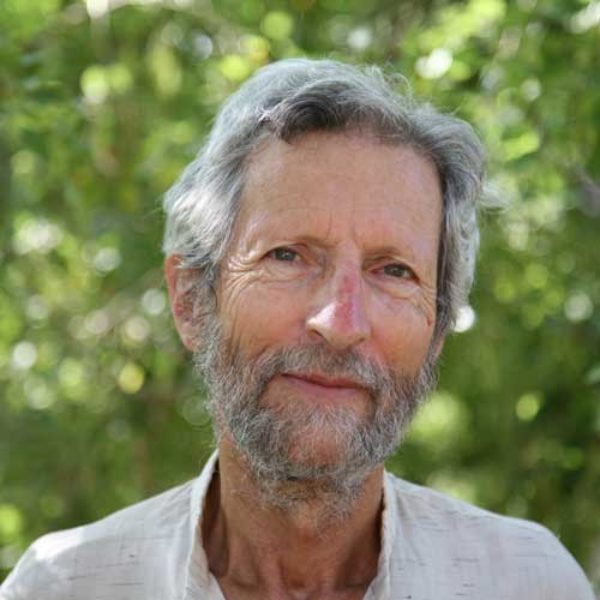We need not avoid fear. Fear belongs to the illusion of a self that is separate from life. It is the byproduct of identifying with that illusion. Often, fear arises in the very moment that our awareness practices are bringing us closer to a direct experience of who we authentically are. For this reason, in practice, we can reframe our experience by seeing fear as a green light rather than a red light. We can learn to move towards, rather than away. If we want to live without fear, we must first learn how to live with it.
This class is not for those who hope to finally learn how to control fear. This class is for those who are interested in accessing the place of fearlessness that is known by awareness itself. It’s for those who long for the clarity that allows us to have perspective regarding the nature of fear, along with the wisdom to recognize fear as a creation of the conditioned mind. Fear has no place to take root in the mind of clarity and the heart of wisdom. Through learning to be with fear, we learn what it means to live without it.







Discussion